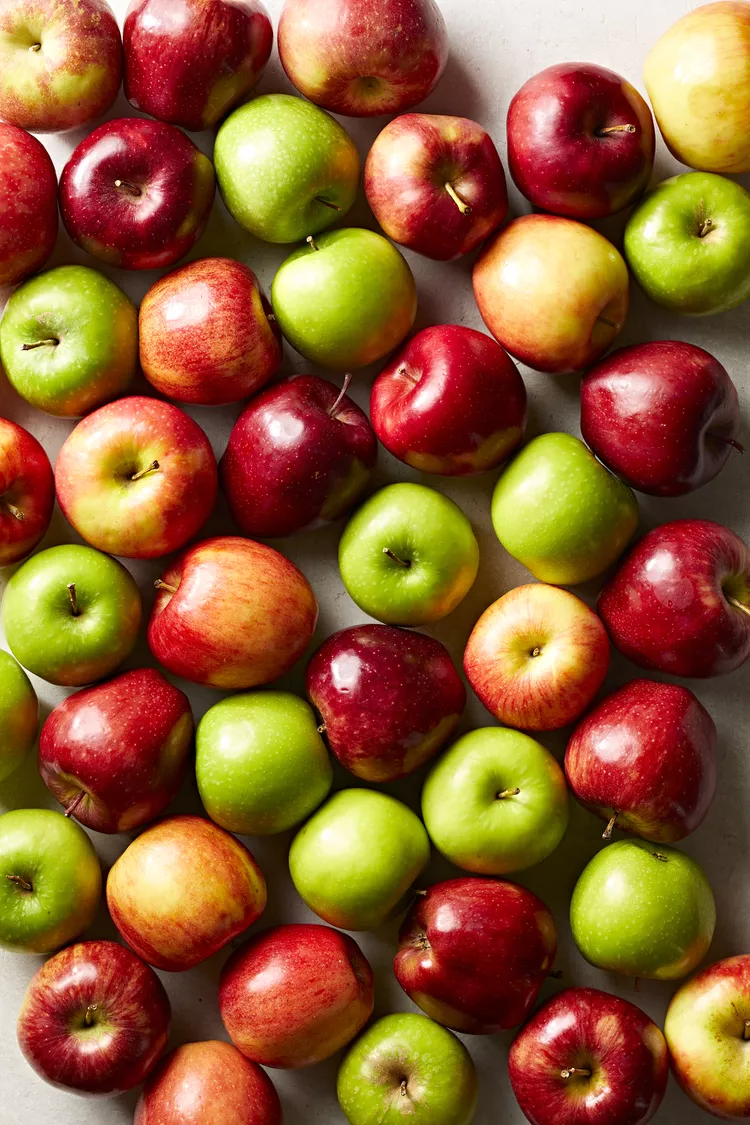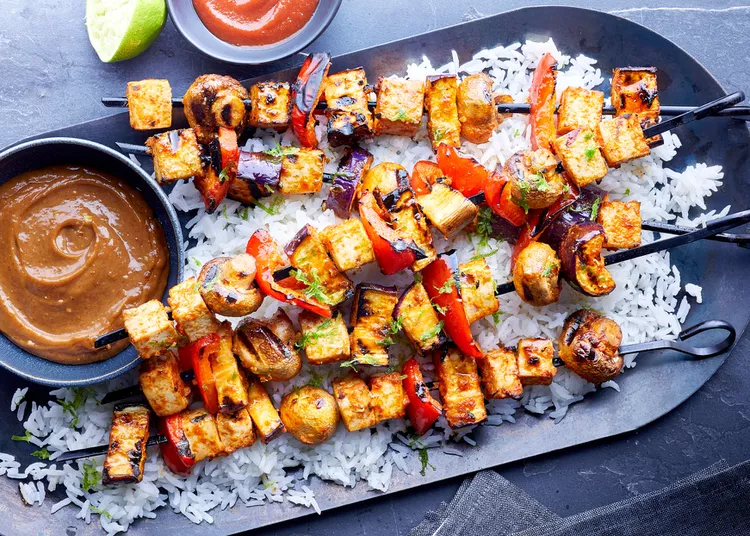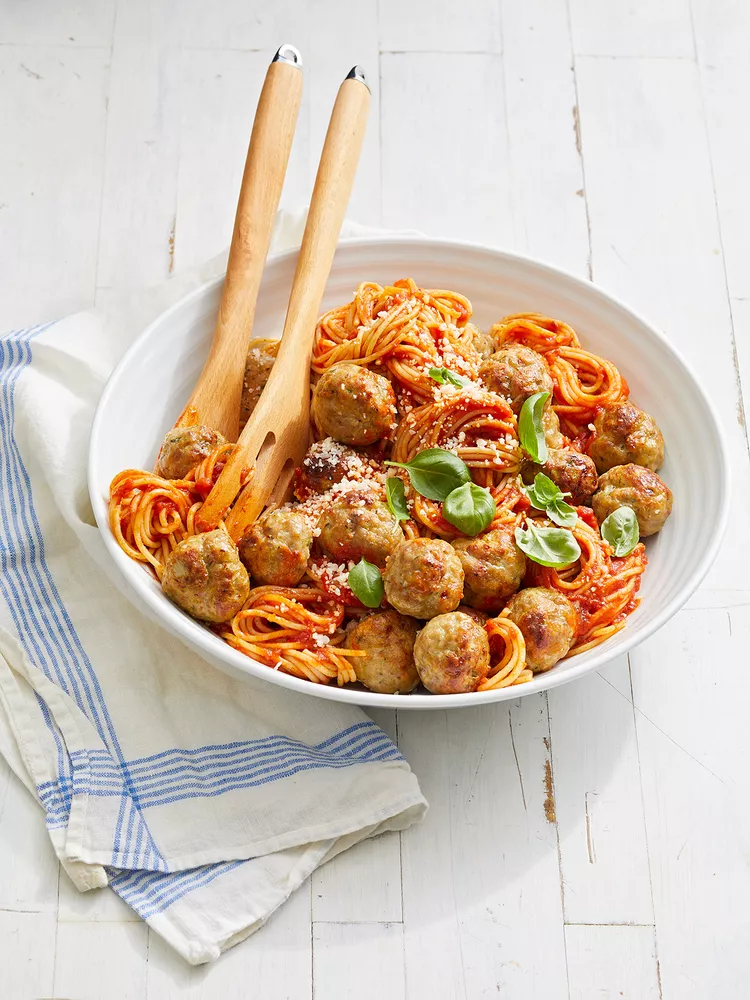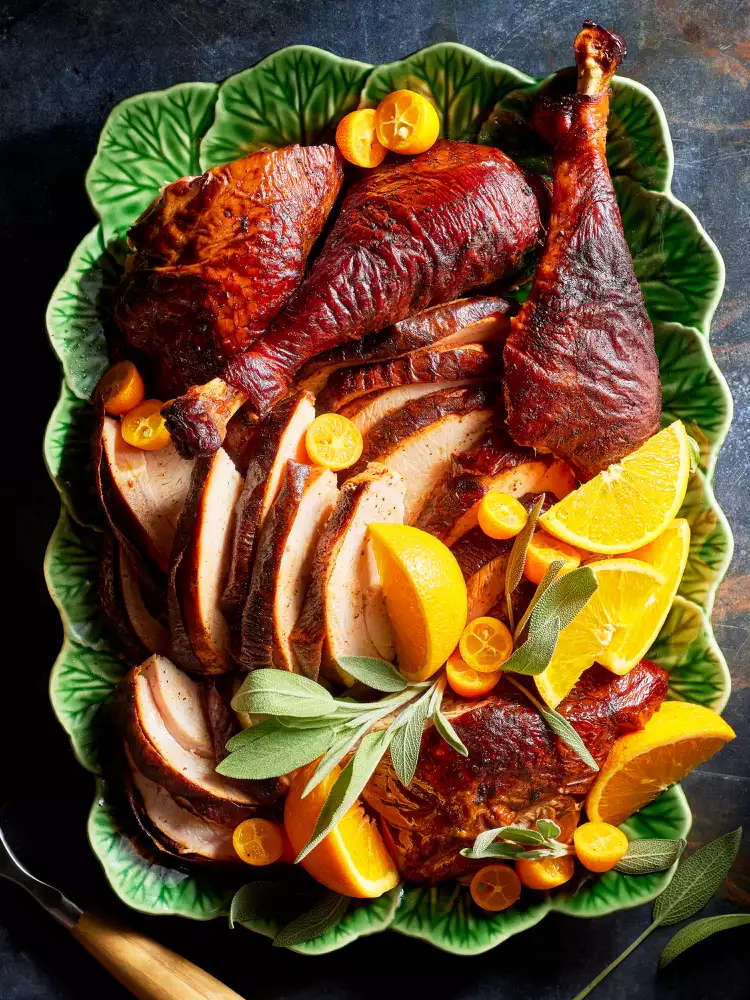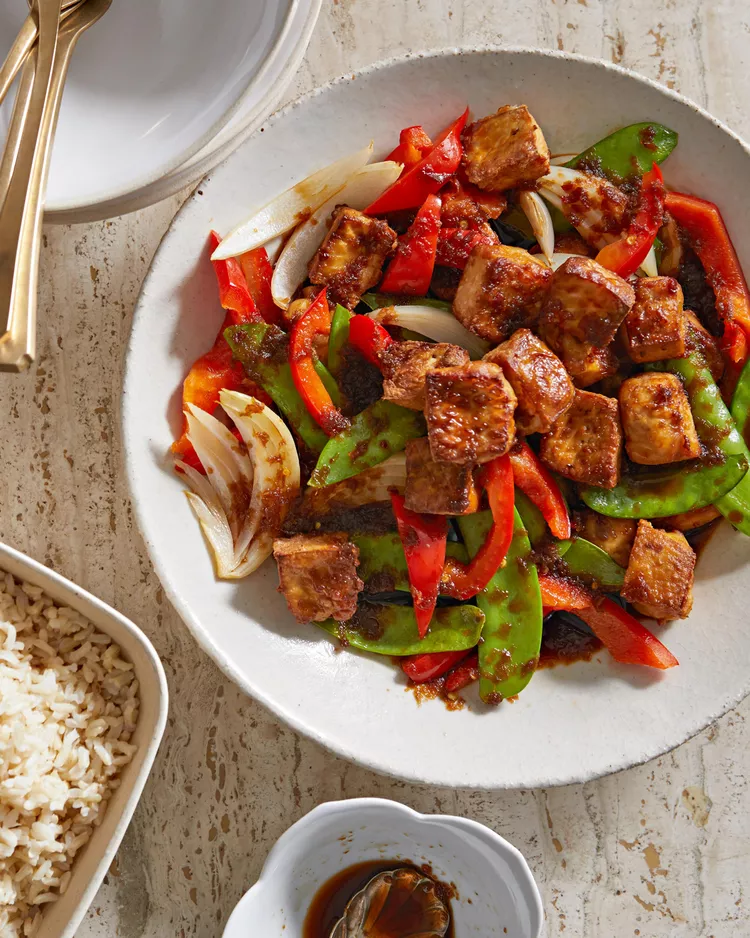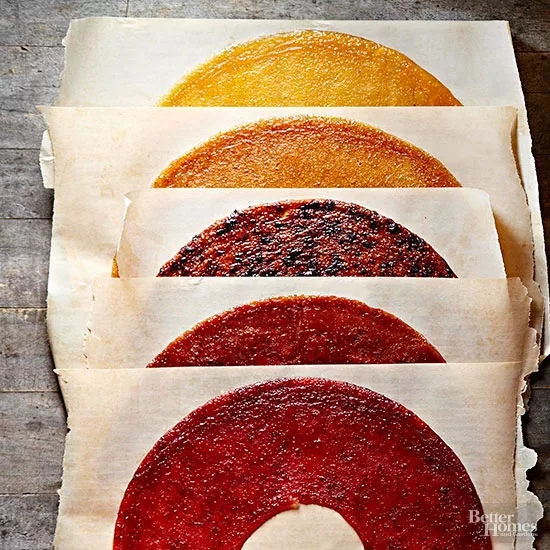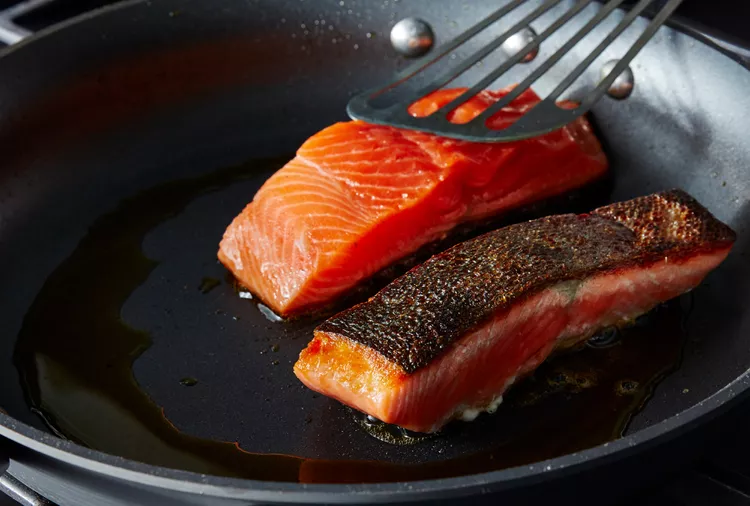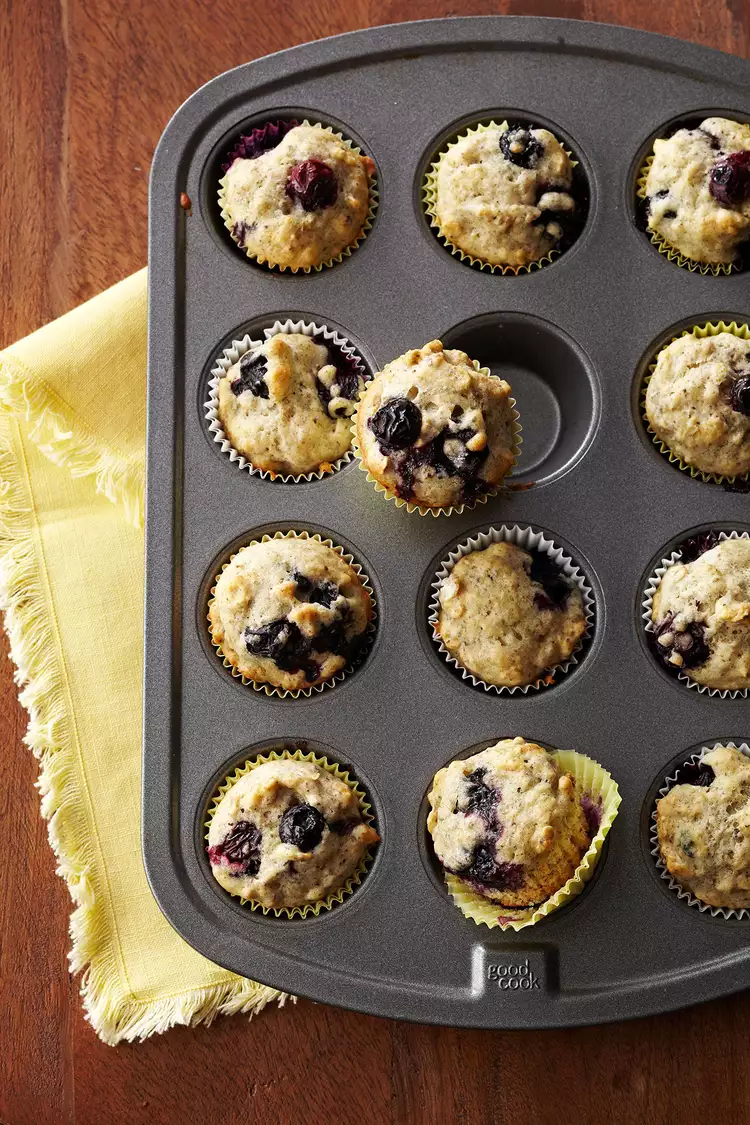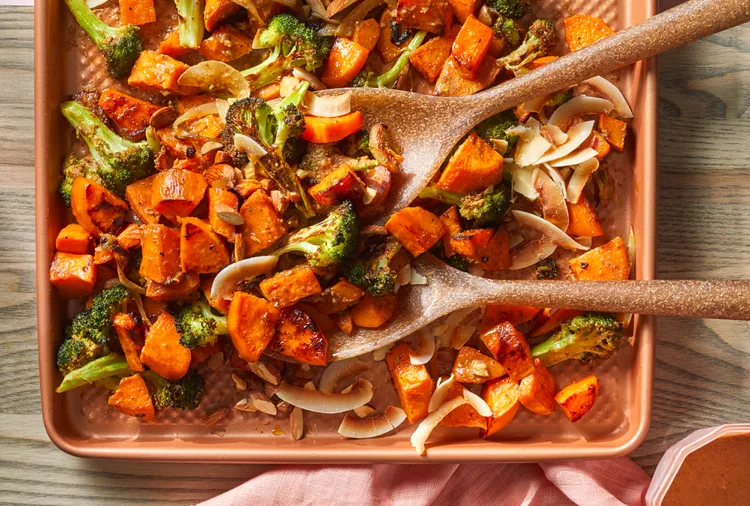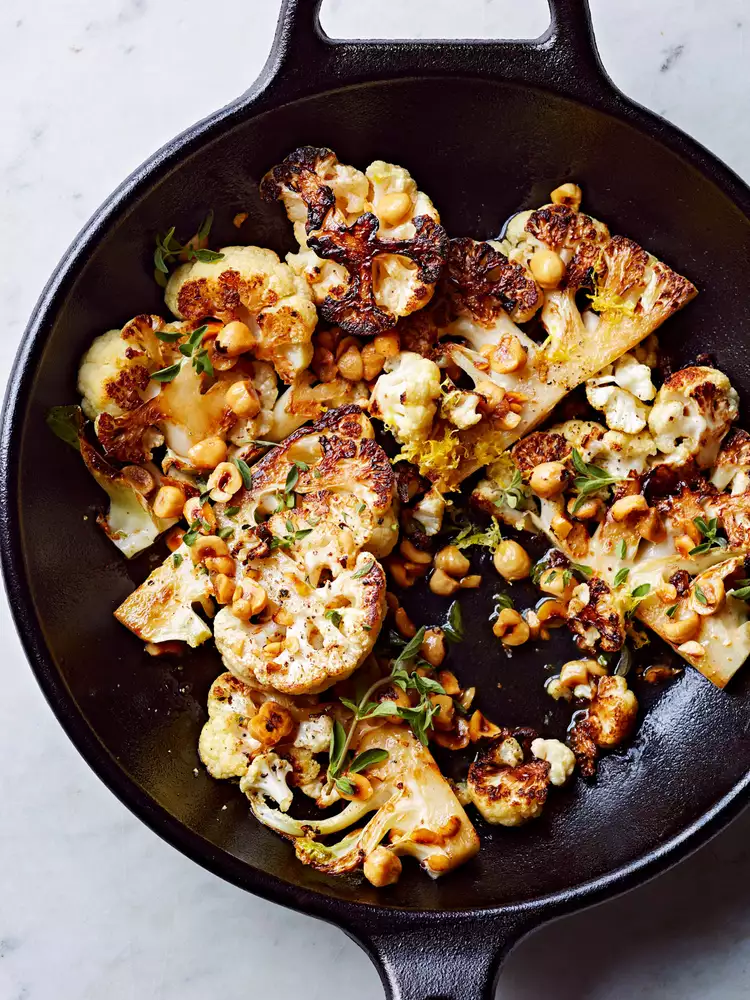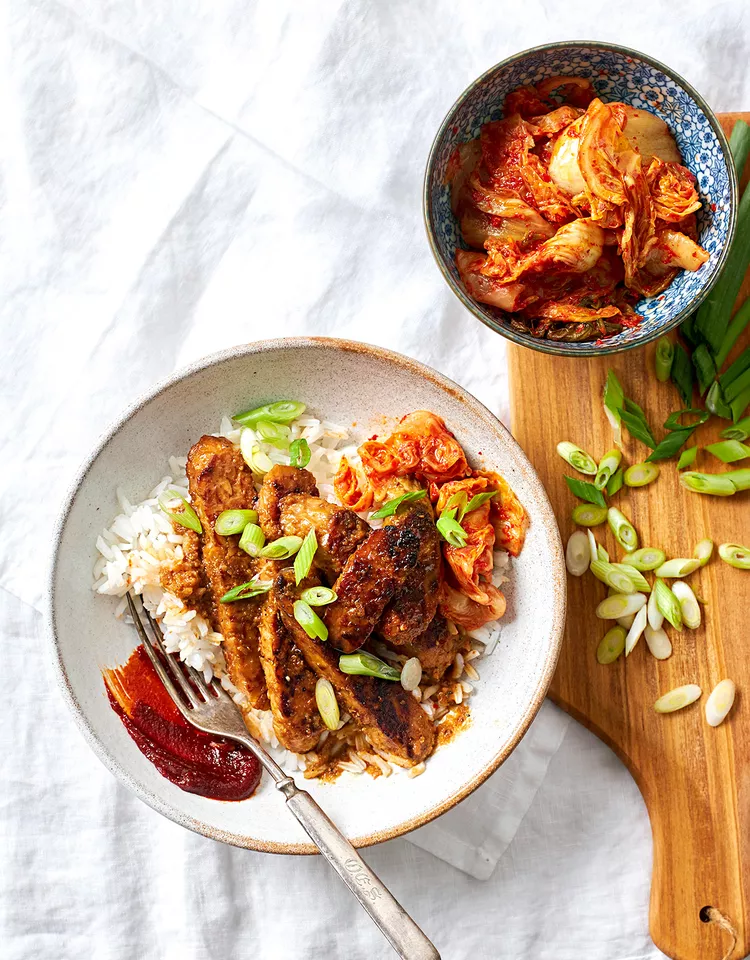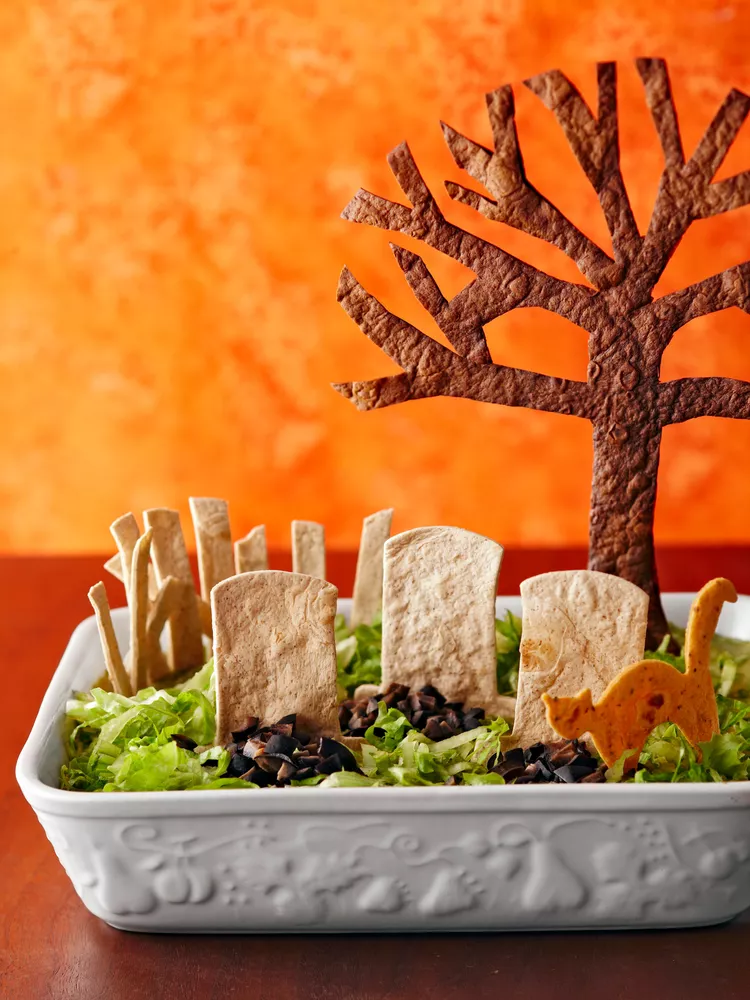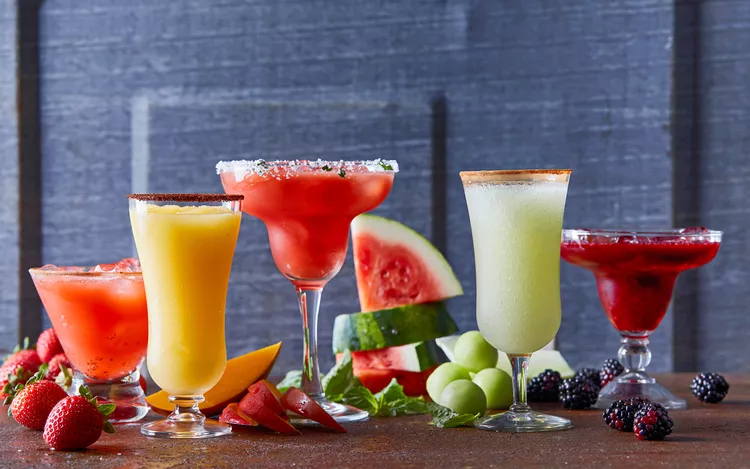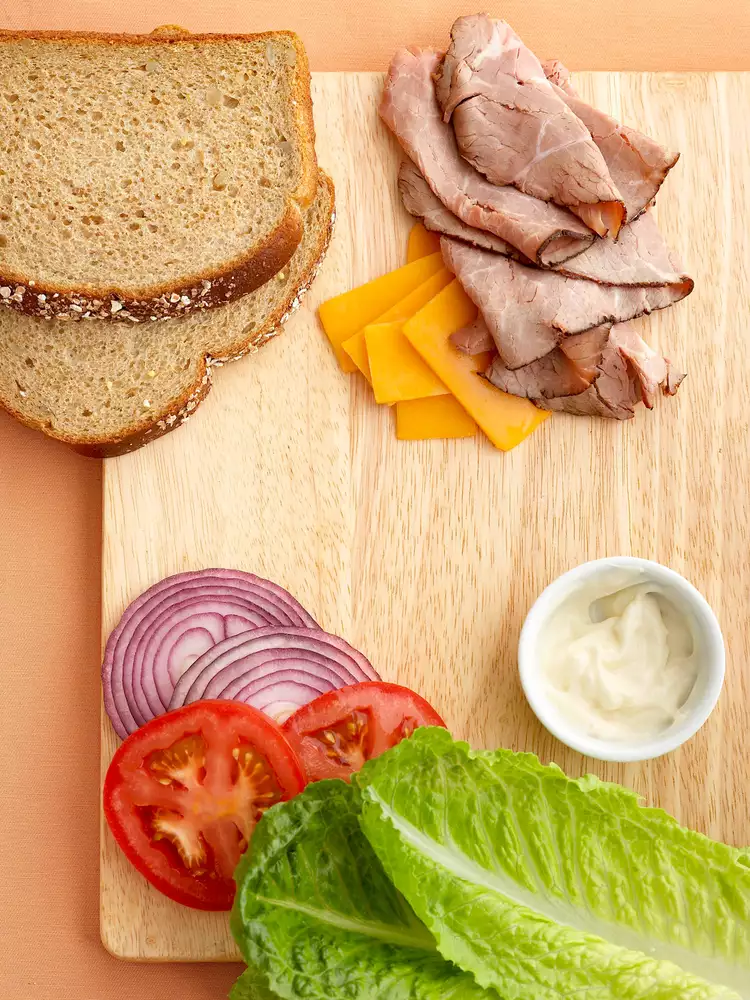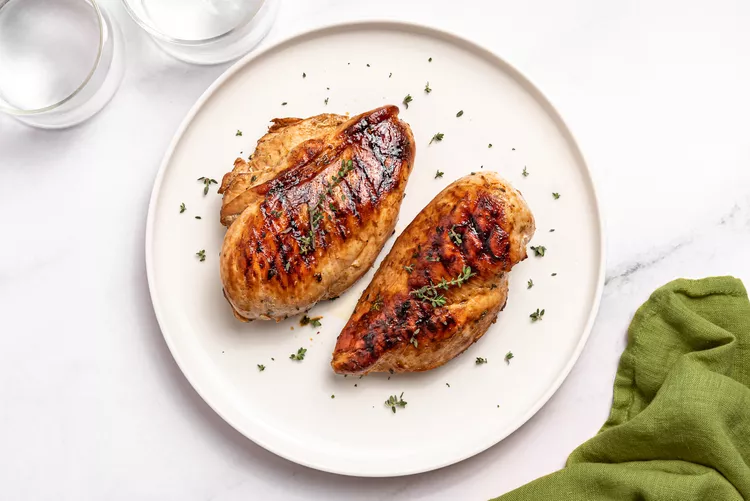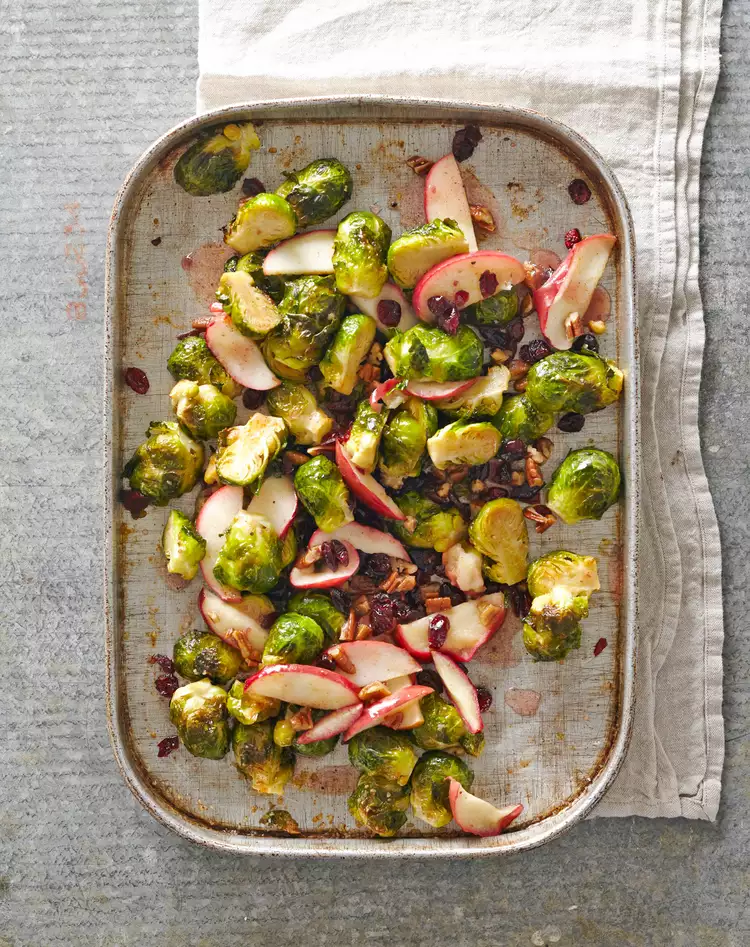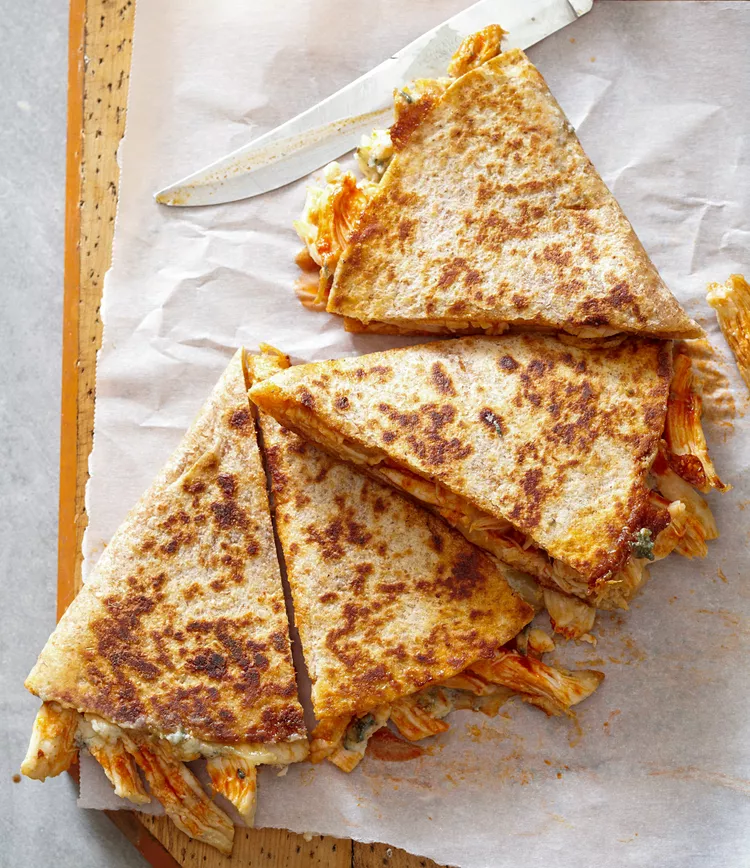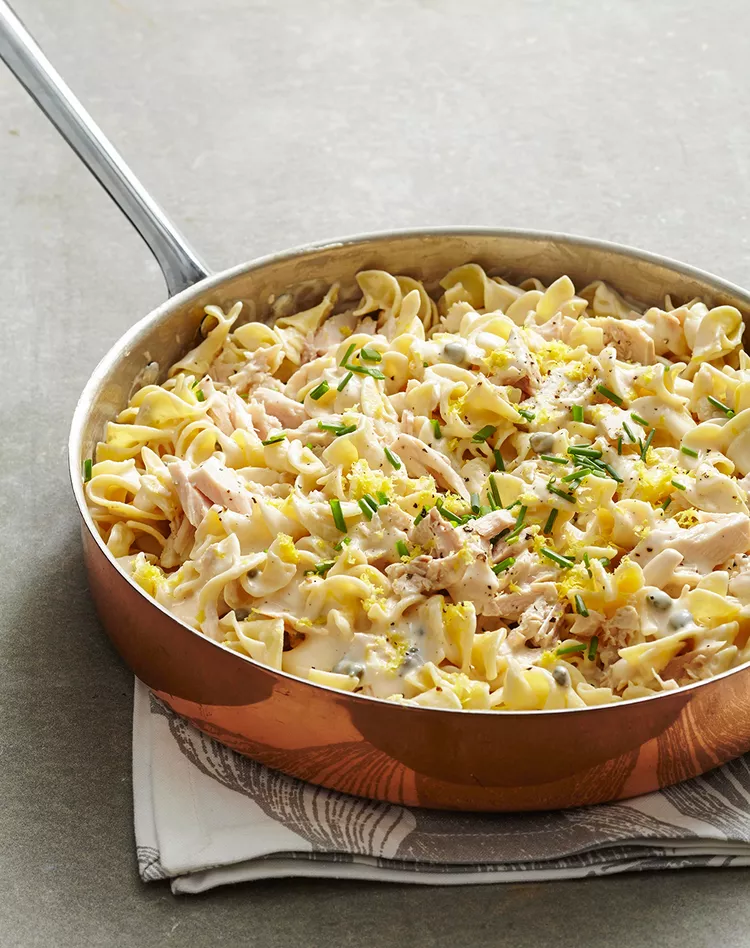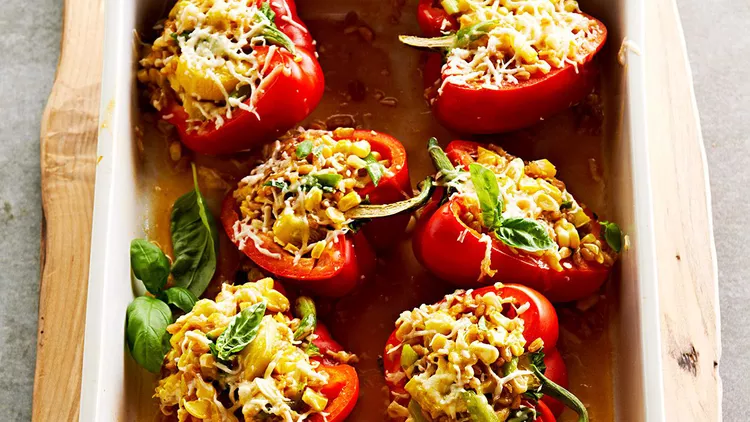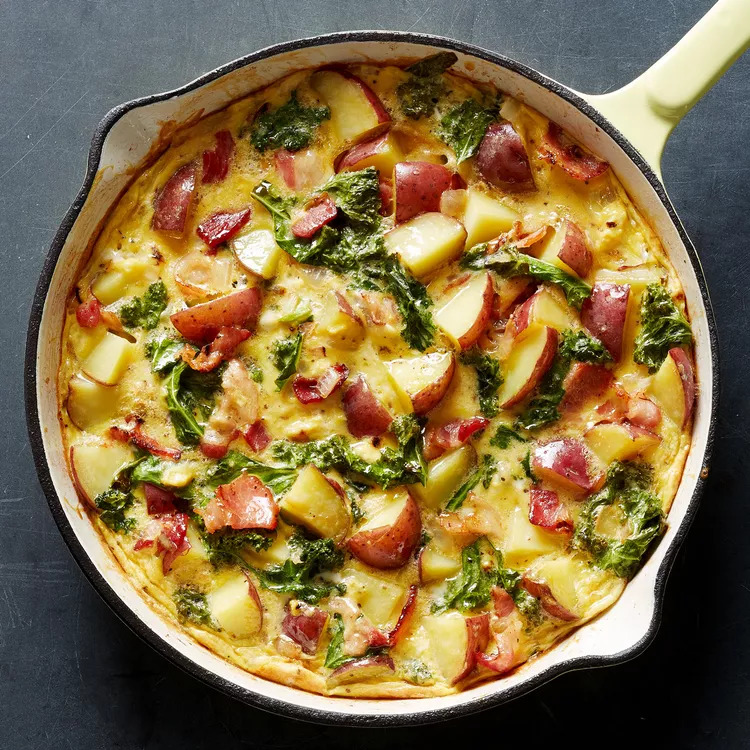As the old saying goes, “one bad apple can spoil the bunch.” And a “bad,” or not-as-optimal, apple variety can spoil your goal to bake a rave-worthy, bakery-quality apple pie from scratch.
We’ve previously introduced you to 17 types of apples for your cooking and baking. So with so many options available, how do you know which are best apple for apple pie?
Most importantly, the best filling is made with the freshest apples possible, according to Lauren Grant-Vose, founder of Zestful Kitchen.
From there, it’s vital to consider flavor and texture.
“The best apple varieties for pie soften in the oven while maintaining their shape. They have a tart or tart-sweet flavor that balances with the sugar in the pie filling without being overly sweet,” explains Meggan Hill, executive chef and CEO of Culinary Hill.
That firm texture allows it to bake and caramelize without breaking down completely and turning into something akin to applesauce, says Laurie Lewis, pastry chef at Culinary Canvas Catering in St. Louis, Missouri.
- Laurie Lewis, pastry chef at Culinary Canvas Catering in St. Louis, Missouri
- Lauren Grant-Vose, founder of Zestful Kitchen
- Meggan Hill, executive chef and CEO of Culinary Hill
7 of The Best Apples for Apple Pie
We tend to simply call for “baking apples” in our apple pies and tarts, so we figured it was about time to clarify what that means.
As Grant-Vose tried and tried again to test and perfect her Healthy Gluten-Free Apple Crisp and Hill did the same to create and share what she deems is “The Best Apple Pie,” they were able to put a wide variety of apple types through the paces for those fall baking MVPs.
Here are the best apples for apple pies that they—and Lewis, a professional pastry chef—discovered along the way (and recommend to home bakers).
Braeburn
Delivering a nice blend of tart and sweet flavors, Braeburn apples are “perfect for apple pie because they soften nicely during baking while still having a bit of texture,” says Grant-Vose, who ranks Braeburns as the best apple for apple pie in her book.
Since they’re less juicy than most other apple varieties, Hill adds that Braeburns don't release as much liquid during cooking. Translation: Your apple pie filling won't be runny and your crust won't come out soggy, even if you don't include a thickener such as cornstarch, according to Hill. Bonus: You might detect a faint element of warm spice flavor, like a sprinkle of cinnamon, which makes Braeburns a natural candidate for apple pie.”
Cortland
Cortland apples are extra juicy and have a bright sweet-tart flavor. Although their texture is soft, Hill confirms that “they still hold their shape in baking.”
Envy
Envy apples aren’t green; they’re red. But they come by their name honestly, due to their many enviable qualities. In addition to being one of the slower-to-brown types of apple (a winning quality for those who like to take their time with pie prep) thanks to their natural Vitamin C content, Envy apples are “crisp and sweet, with a honey-like flavor that adds a unique flair to the pie,” Lewis says. Fun fact: This fruit is a cross between Braeburns and Royal Gala apples.
Granny Smith
There are two main reasons why this bright green apple variety is Hill’s selection for the best apple for apple pie. They soften when baked, while maintaining some firmness and holding their shape. (No wonder they’re our Test Kitchens’ pick for this Apple Tart with Cheddar Cheese Crust.) Granny Smiths are also the most tart and acidic of all apples, Hill says, “which allows you to control the sweetness of your apple pie filling with sugar.”
Honeycrisp
One of the most popular apple types to eat fresh as a snack and for baking, our panel of pros rate Honeycrisps among the best apples for apple pie. They’re extremely crisp and firm, very juicy, “and feature a honey-sweet flavor with some lingering tartness,” Hill says. (Psst…try them in our Apple and Browned Butter Tart!)
Jonathan/Jonagolds
Jonathan apples, as well as their cousin Jonagolds (which are a hybrid between Jonathan and Golden Delicious apples), have a sweet-tart taste and a crisp, firm texture, Hill says. Since they generally hold their shape well during baking, these are fantastic for apple pie as well as other baked goods like crisps, cobblers, and crumbles.
Pink Lady
Admittedly, this apple variety is slightly bitter, but the natural sugars will caramelize when baked, Lewis explains. Pink Ladys also rock beautiful skins, which are eye-catching if you prefer skin on apples in pie and are planning to whip up a lattice-topped or “open-face” (single-crust) pie.
3 of The Worst Apples for Apple Pie
Now that we’ve walked you through the produce aisle to select the best apples for apple pie, let’s discuss the fruit that’s best to avoid.
“By far the worst quality is mealiness or mushiness once baked,” Grant-Vose verifies. “Another undesirable quality is turning brown during baking. And finally, lacking in flavor is a desirable quality. Some apples don’t retain a lot of flavor during baking.”
Overly-sweet apples are also wise to reserve for other uses, since the rest of the pie recipe includes plenty of sugar. You’re seeing some tartness to add balance and complexity.
All three baking aces agree that the worst apples for pie include:
- Fuji: Fuji apples break down quickly under heat and can “leak” a substantial amount of liquid, “which is a quick way to take your pie crisp from crisp to soggy,” Lewis says.
- Gala: Since Gala apples aren’t as firm as their best apples for apple pie counterparts mentioned above, you can easily overcook them when baking. Lewis believes that it’s wise to choose something that has a sturdier bite.
- Red Delicious: This variety has an overly sweet flavor and doesn’t handle the heat of baking very well (without breaking down into mush).
“Save these apples for applesauce since their structure will naturally cook away,” Hill suggests. “Or add one to a mix of structured, crisp apples for extra texture in your filling.”
Should You Use More Than 1 Type of Apples in Apple Pie?
That begs the question: Is it foolish to stick to just one of the best apples for apple pie when we could mix and match?
It depends on who you ask—and what you prefer. Lewis “loves mixing textures and flavors to find more creative pairings. I recommend choosing at least two different varieties for your pie.” (A two-to-one ratio of Honeycrisps to Granny Smiths is her sweet spot.)
Hill echoes that sentiment, and swears that “it is fun to experiment and determine your ideal apple combo.”
Grant-Vose personally prefers to “use one type of apple for a consistently-flavored and textured filling,” she explains. “I’ve found when two types of apples are used, the filling inevitably has some pockets of mushy apple and some firm bites of apple. This also happens when I make an apple-pear pie.”
If you don’t mind that inconsistency and find that you crave that bite variety, consider this a green light to go ahead and use two or more types of apple to create your own dream team.
The Bottom Line
The best apples for apple pie are firm, flavorful, tart, and most importantly, fresh. Braeburn, Cortland, Envy, Granny Smith, Honeycrisp, Jonathan/Jonagolds, and Pink Lady are among the best apple varieties for pie recipes. On the opposite end of the spectrum, we have the moisture-emitting, soft, and sweet apple types that are among the worst for pies: Fuji, Gala, and Red Delicious.
When you’re ready to create and customize your personal best pie, you may want to consider mixing two or more types in the same pie filling. This can lead to an exciting variation in flavor and consistency from bite to bite.
As you start to gather ingredients and are almost ready to preheat your oven and assemble your most prized pie, don’t miss our guide for how to make a double-crust pastry. Oh yes, and be sure to have plenty of ice cream ready to cap things off in classic a la mode fashion!
